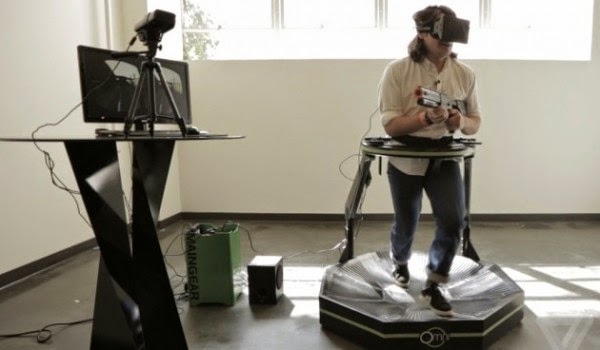Every student that attends the University of Pittsburgh at
Johnstown understands the pain and suffering that occurs while standing in line
waiting for Subway while Fran is working the middle, condiments, section of the
counter.
It’s dinner time, I leave
Blackington and head to the Student Union. Which means it is time to make the dreaded
decision to eat either in the Cafeteria or in the Tuck shop. As I walk up the
stairs my body immediately heads for the Tuck shop. As I walk in I am faced
with a few more obstacles, one being, now that I have decided to eat here, what
I am going to eat. To my right I see the Pizza Hut sign glowing, which might as
well read Freshmen 15 across; I look further and see the Salsa Rico sign. Not a
bad choice but I hate playing the game, how much Mexican can you eat in one
week? As I continue to move forward I begin to see the line of all lines. I
look to my right and contemplate ordering Grill 155, but decide that paying $10
for chicken tenders and fries is a little out of hand. Deciding not to order from
Grill 155, I immediately and without even knowing so, I enter the Subway line.
As I subconsciously enter the line, I immediately look down
at my watch, it is 5 o’clock on a Wednesday night, which basically means if I
get my hoagies before I graduate I’ll be lucky. I’m the 9
th person
waiting in line, Fran is working, I won’t be getting anywhere fast. As I stand
there I wish I had brought my phone, just something to look at so I’m not
standing awkwardly alone looking like the most miserable human on the planet.
While I stand and wait I begin to take in the noises, smells and sounds
happening around me. It quite apparent that the kid in front of me was at the
gym prior to entering the Tuck, he has music blasting in his ears and smells
awful. Then again, maybe he wasn't at the gym, I can only hope so.
As I glance back at the child standing behind me, he has on
your typical UPJ t-shirt, a lanyard around his neck and I smile on his face
that says “Hi, I’m a freshmen, I have no idea how long this line is actually
going to be.” Oh, the naïve bliss of being a freshmen. We slowly begin to inch up the line.
Standing in any type of line alone at school is a suicide
mission. You are bound to see anyone and everyone you know while you stand
there awaiting your 12 inches of cheap lunch meat and cheese, it can become
quite embarrassing. As you peer around
you spy the girl who threw up in the middle of the party last weekend, the kid
who works at the gym and the boy you drunk texted over the weekend. The joys of
going to a small school are endless.
With one person standing between me and counter, 20 minutes
later, now becomes the time to start making some decisions. As I get to the
front of the line, I immediately shout out my order. As I continue through, my
sandwich gets put into the toaster which counts down from 10 seconds. I stand patiently
waiting and waiting for what seems like an eternity. Finally my sandwich is put
into the hands of Fran, the icon of UPJ’s Subway line. Who is Fran and how did she get here, are questions I have weekly.
"One line or two?"
Fran is asking how much dressing I want, option A. never enough or option B. my sandwich becomes a hoagie filled with soup.
Most days I shake my head as I grab my sandwich off her and continue my way out of the tuck after paying. Though the school's Subway system will never be flawless, I ask myself daily why I even have a meal plan, but doesn't everybody?
One of the perks of going to small school is that most people know each other and most of us go through certain UPJ "traditions" or "rituals". Whether it is spending the night at Blackington because you should have majored in Procrastination instead of Engineering, spending the day in Blackington because we are all to lazy to buy a printer of our own, hoping that we don't use all 1,000 sheets of paper the first month of school, waiting for years to receive any kind of food from the tuck or even laughing at the kids riding the Mountain Cat, when you know you did the same exact thing 3 years prior, that is what all unifies us. Going through common traditions is what makes us UPJ students, a campus and the student body. As freshmen we complained, as sophomores we complained, as juniors we complained and now, that we, the four senior authors of this essay, are seniors about to graduate in December and April, it is no longer annoying to us. These traditions and memories, are what have made us ready for the real world.



















